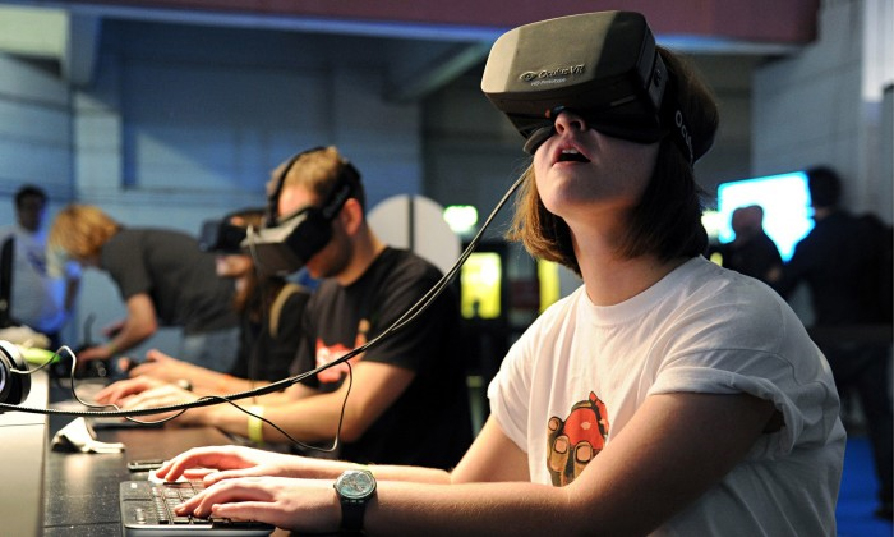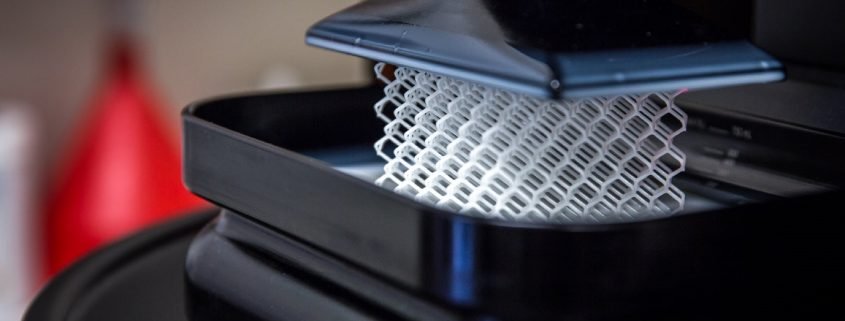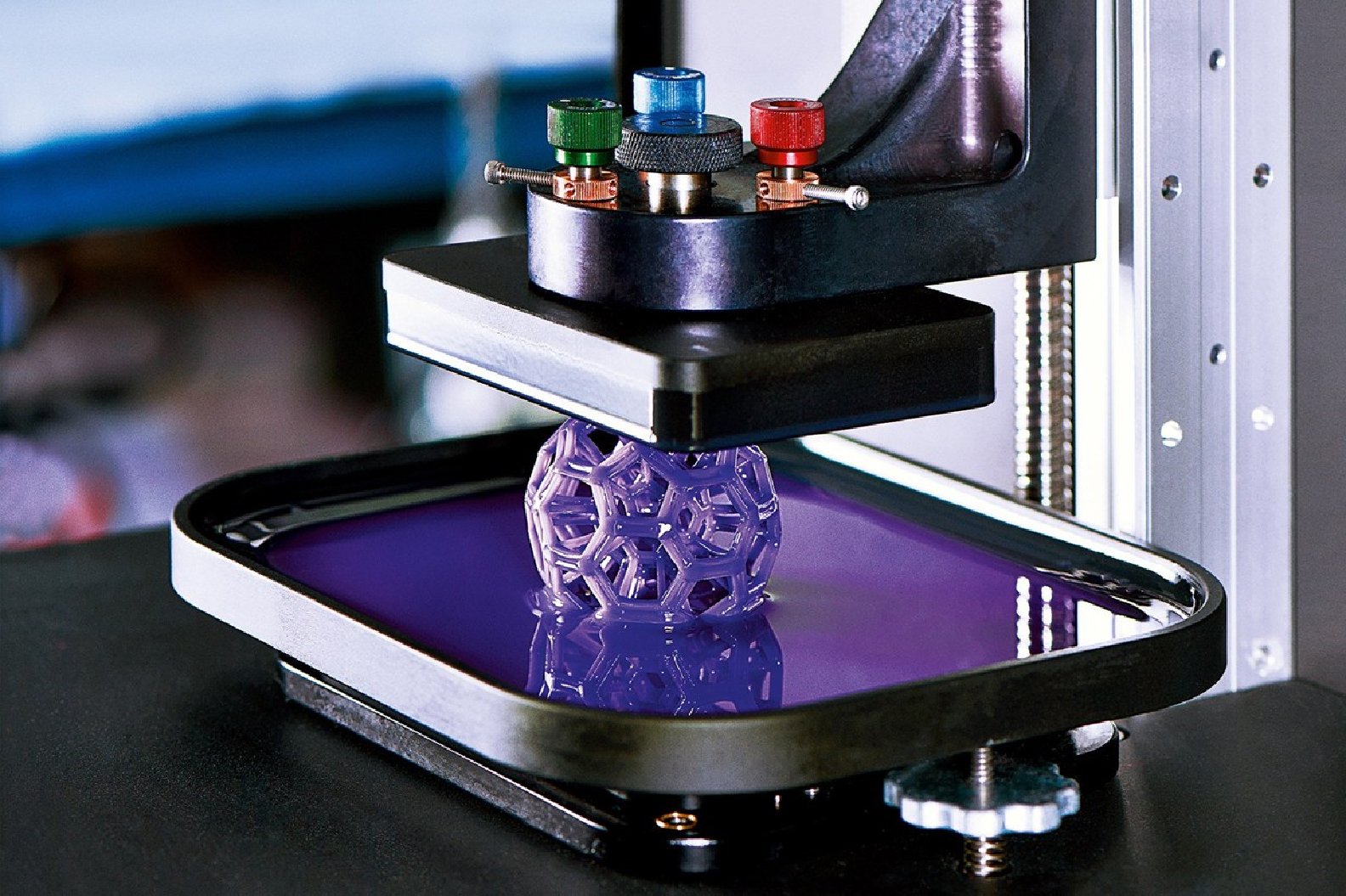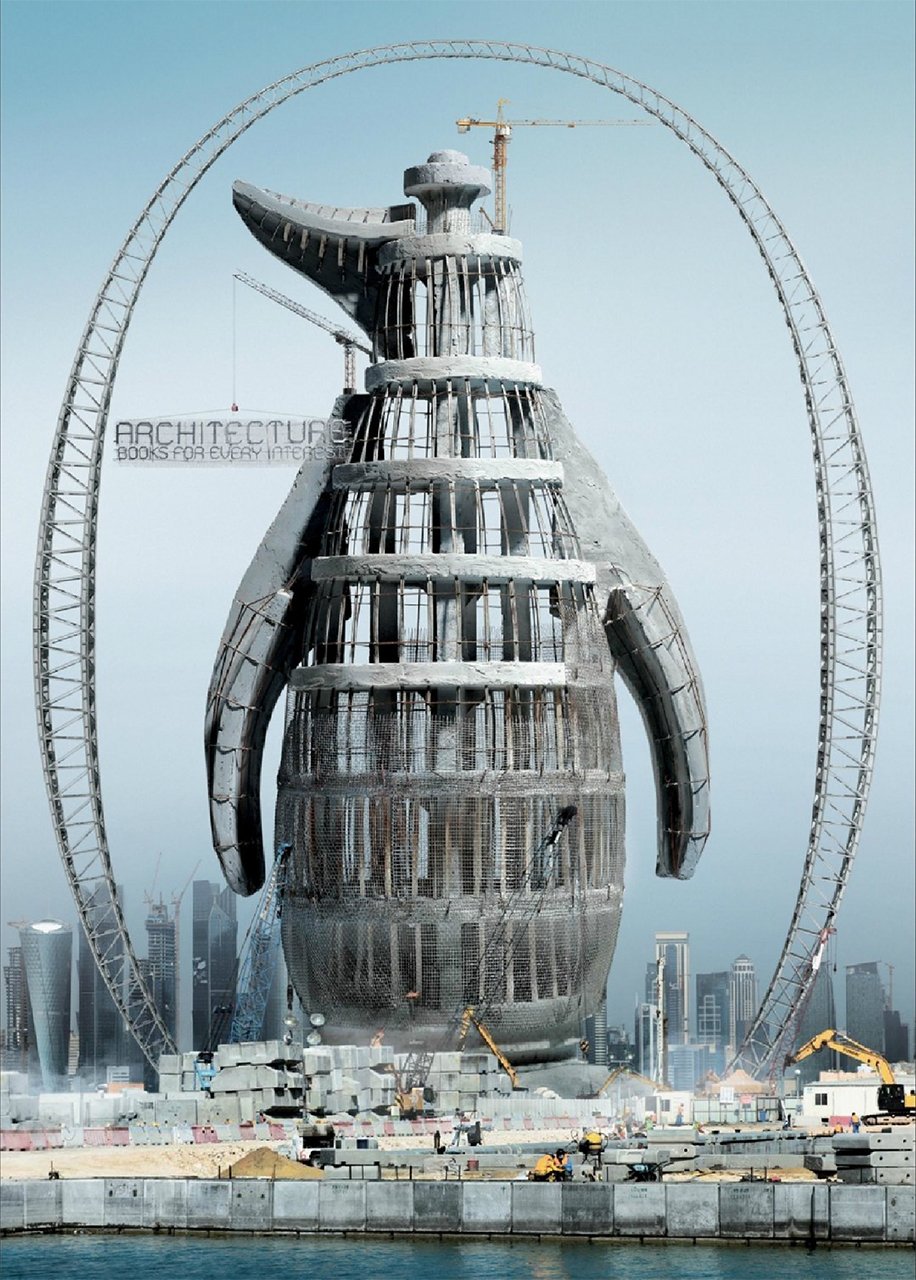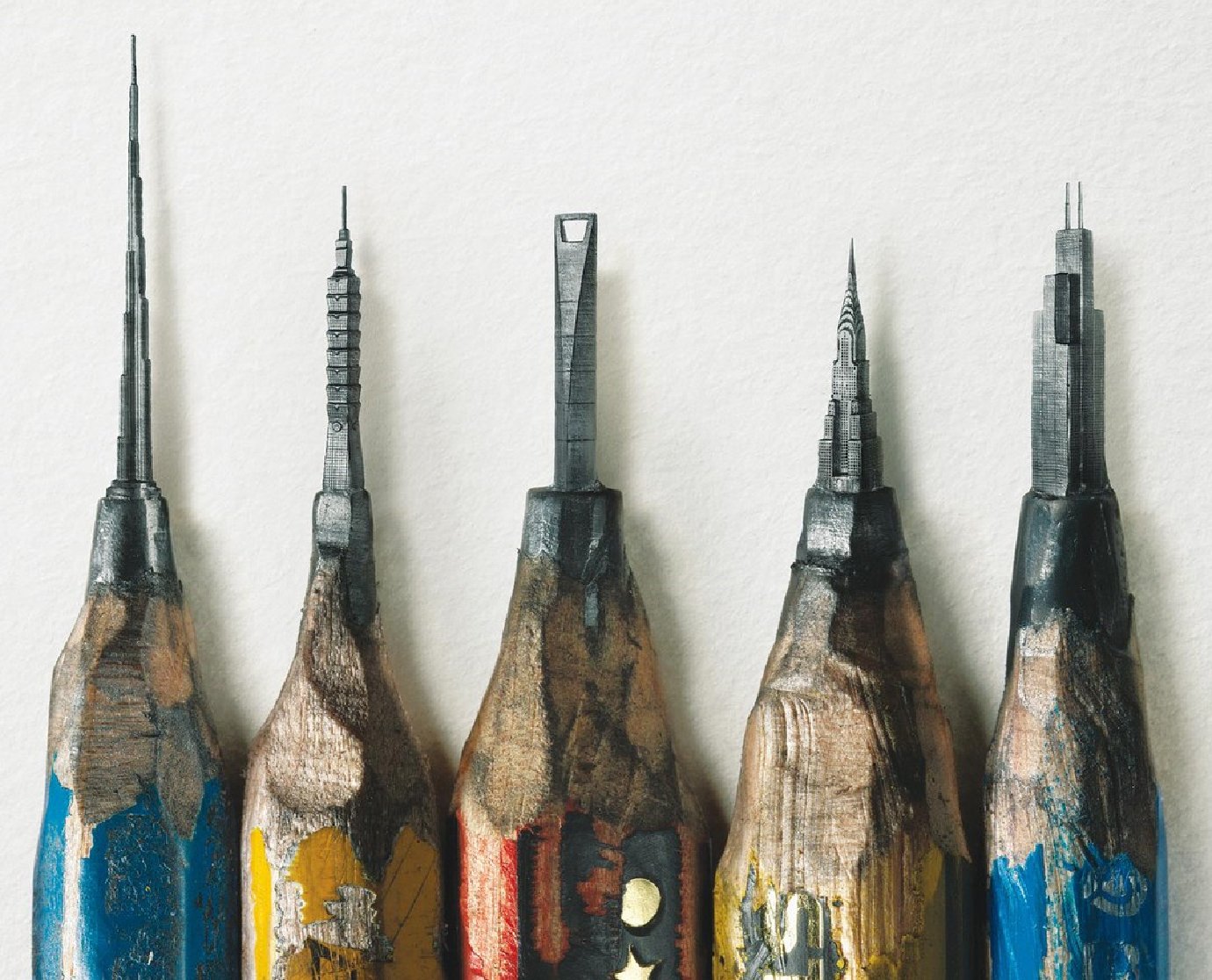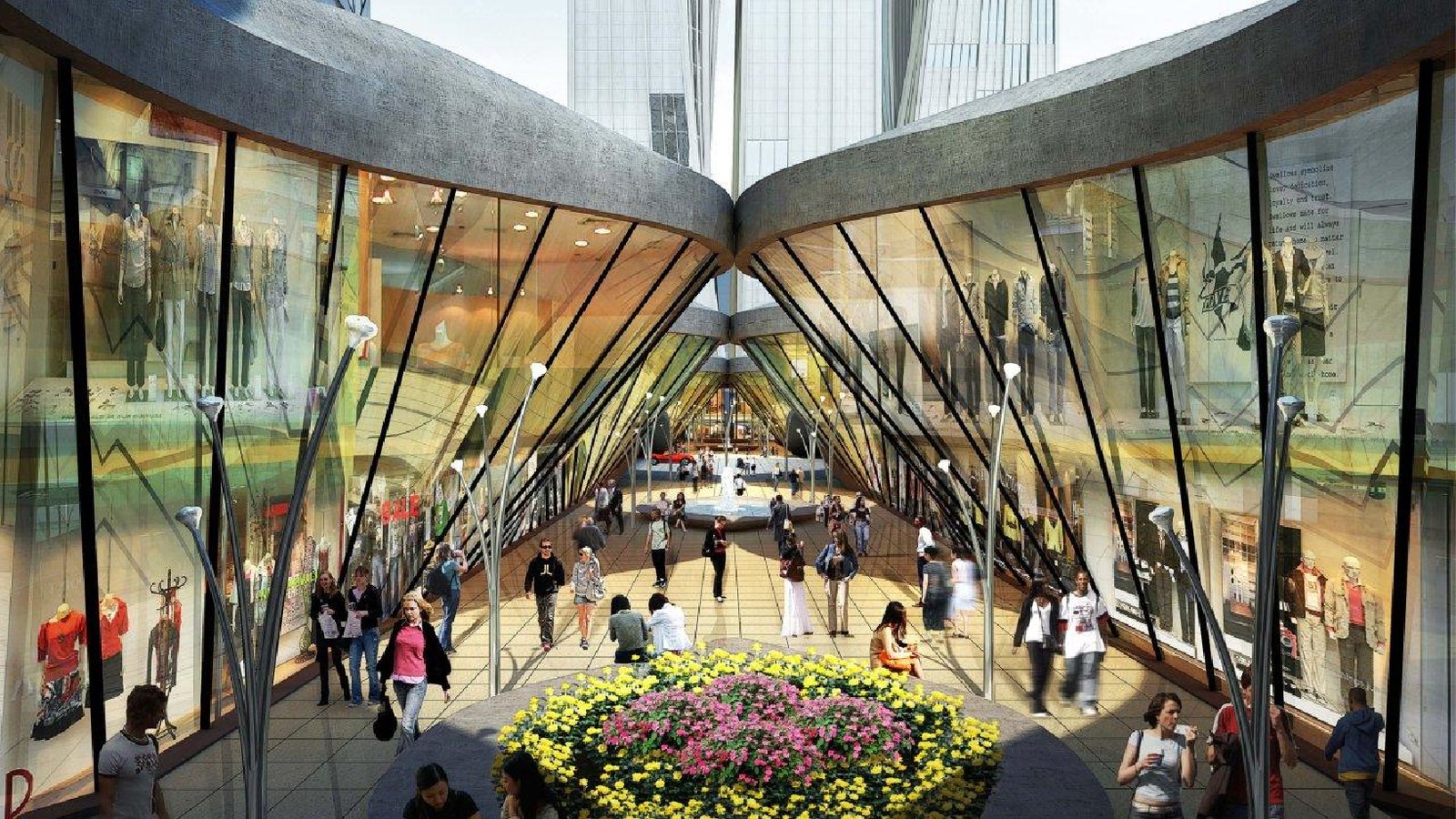VR Has Arrived: But What Will Be its Most Viable Applications?
Let’s start with a basic assertion; virtual reality (VR) has well and truly arrived in the mainstream market. This is just the beginning too, with Digi-Capital already predicting that the industry will be worth a staggering $30 billion by the year 2020 and Goldman Sachs suggesting that the medium will be bigger than television by 2025.
Despite the impact that VR has already made in the consumer market, however, there appears to be something of a chasm between the industries current performance and its suggested growth path.
Much of this has to do with the diversity of the medium and its isolating nature, however, which makes it difficult to identify viable applications and opportunities for monetisation at present. In this post, we will discuss the near-term future for VR and the markets in which it is most likely to make a decisive impact.
3 Viable Applications for VR
In truth, VR’s breakthrough in 2016 owed much to its obvious affinity with the gaming industry, which provided an immediately accessible outlet for developers. Over time, we will see VR technology diversify into new and exciting markets, creating even more opportunities for growth and expansion. These markets include: –
Film and Entertainment
If gaming has emerged as the most natural market for VR technology, the entertainment niche is not far behind in terms of compatibility. From music and live streaming to films, VR has the potential to bring entertainment to life and enable users to share a physical space with their on-screen or on-stage idols.
Make no mistake; however, it is music and film that offer the most tantalising and lucrative applications for VR. Imagine attending a live concert from the comfort of your own home, for example, where the best real-time performances are instantly available on demand. In terms of film, VR creates the incredible prospect of developing the ultimate cinema experience, while potentially enabling viewers to assume first-person roles in their chosen narratives.
Retail
Next up is retail, which offers a less glamorous but potentially more lucrative (and practical) outlet for VR. After all, VR and its sister technology augmented reality have the unique potential to change the way we browse and shop for products, creating new consumer experiences that we could not have imagined years ago.
Imagine attending virtual stores that have a single, physical base overseas, for example, as the e-commerce experience is brought to life in glorious 3D. The integration of game engines and haptic technology also presents brands with brand new ways of interacting with their customers, while also creating a virtual, tactile experience through which shoppers can interact with physical products from their armchair.
Sport
Over time, sport may actually be the application through which VR achieves its full potential. This is quite an assertion, but one that reflects the value and immense possibilities that exist in the sports market as a whole.
Broadcasters are already exploring the ways in which sports can be consumed through VR in the future, while major teams and athletes across the globe are also beginning to leverage the technology to aid their training and enhance performance. Clubs and television stations are also joining forces to create new ways of watching sport in a 3D setting, while the concept of virtual stadium tours may also provide a highly lucrative income stream in sports such as football and cricket.
As you can see, VR will benefit from a number of natural applications in the months ahead. If you would like to learn more about VR, or understand how this can help with the development of your business, get in touch with the team at 3drenders.co.uk today to make your enquiry.


